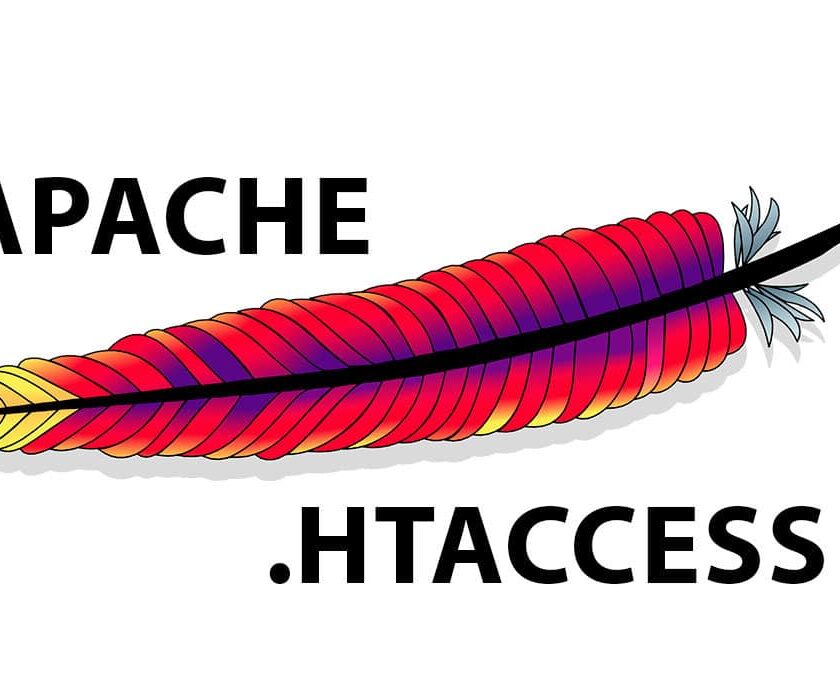What is .htaccess?
The .htaccess (Hypertext Access) file is an Apache distributed server configuration file. You can use the .htaccess file to set server configurations for a specific directory. .htaccess file is created in order to enable extra features for that subdirectory.
Creating .htaccess:
we have to create .htaccess in the application root path. But if you want only for a specific subpath then you can create in subpath too.
Note: While adding urls, please replace all the example.com domains with your specific domain.
Redirecting all URLs:
The following line redirects all URLs on your site to the new site.
Redirect 301 / https://example.com/Redirecting single URL:
This can help in creating a redirect between the old URL to new URL.
First path: is old URL you want to redirect
Second path: is where you want your old path needs to be redirected
Redirect oldpath.html newpath.htmlUsing Regular Expressions
If you want to use a Regular Expression to redirect something, use the RedirectMatch directive
RedirectMatch "^/oldpath\.html/?$" "https://example.com/newpath.php"Error message redirect:
You can use the ErrorDocument command to redirect 404 pages not fond to your preferred pages
ErrorDocument 404 /404page.html //if you want o redirect to specific page
or
ErrorDocument 404 https://example.com // redirects to public domainAdding www in URL:
RewriteEngine On
RewriteCond %{HTTP_HOST} ^www.example.com
RewriteRule (.*) https://example.com/$1 [R=301,L]Removing www in URL:
RewriteEngine On
RewriteCond %{HTTP_HOST} ^www.example.com
RewriteRule (.*) https://example.com/$1 [R=301,L]
Arjun is a Full-stack developer, who is fond of the web. Lives in Chikmagalur, Karnataka, India

